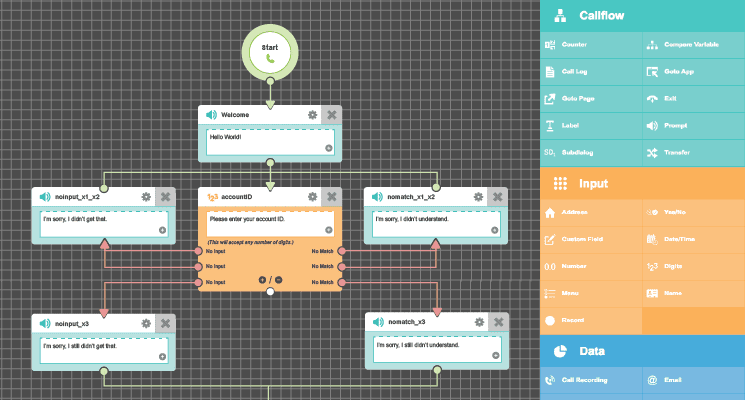Computer programming isn’t for everyone. And you know what? That’s ok.
Traditional Computer Programming
There are a number of inherent challenges with writing code that even the best developers would agree with. One is the linear nature of writing code. Some of this is governed by syntax, but at the same time, it can be a challenge to effectively juggle applications with multiple components when coding.
Sure, a developer may be able to visualize their code in their mind’s eye, but what happens if that developer moves to a different company or project? Having someone else go through and learn that person’s code is no small undertaking.
These challenges compound when you factor in the amount of time it takes to test, deploy, and iterate those same applications. This time investment, in many ways, relates to the nature of coding itself.
Without shaking up the application creation paradigm there aren’t a whole lot of options for accelerating the application development and management processes. This is why graphical user interfaces (GUIs) have become so vital. For whatever reason, the world of IVR development lags behind many other technology areas in the GUI department.
Part of the reason for this may be the inherent difficulty of visualizing an audio medium. This is starkly different from, say, the web, which offers multi-media communications options. The goal of a well-built IVR, therefore, should be to replicate the experience users receive on the web but over the phone.
Fuse successfully shifts the paradigm for IVR and voice application development from writing lines of linear code to an intuitive, GUI experience. Recent research reveals the value of visualizing data and these same principles underscore the value of using Fuse for application development.
The Visual Programming Paradigm
One of the key aspects of visual programming is that it provides a frame of reference. This may seem like a ‘duh’ comment, but when you sit back and think about it, it makes sense. To most people, linear code is just a laundry-list of text in a document. Without an appropriate frame of reference, it’s next to impossible for anyone other than the developer to know what it means. And believe it or not, seeing changes in real time makes things easier for the developer as well. Having that frame of reference makes development easier and faster because it removes a lot of the guesswork.
Visual application design is also useful for other stakeholders, especially those that aren’t developers. A visual representation of the application helps to quickly communicate the ideas, tasks, and processes that the app is executing. This, in turn, helps to clarify what’s going on, simplify the development process, assess how effective an application is, and decide what changes need to be made to the application.
The ability to manipulate application components in GUI reduces the amount of time needed to answer questions about an application because the changes can be made, seen, and understood instantly.
Business Benefits of Visual Programming
At the end of the day, the decision to opt-in to a visual programming solution boils down to the business benefits it offers. When it comes to IVR and voice applications, Plum’s Fuse GUI delivers the best aspects of visual programming and more.
Advantages and Benefits of Fuse include:
- Rapid application development
- Reduced need for developers
- Fosters better understanding of application functionality
- Easy collaboration with roles-based permissions
- Faster troubleshooting with VoiceTrends call data and analytics
Sign up for a free account to try Plum Fuse for yourself.

